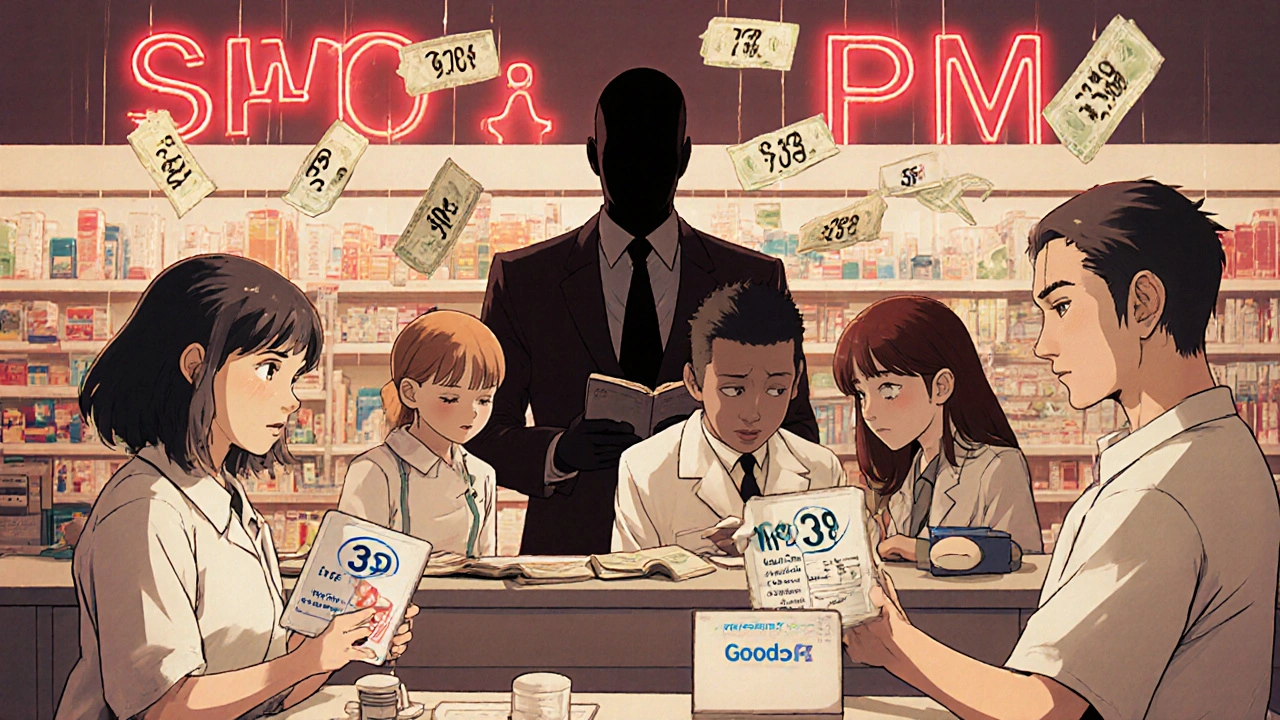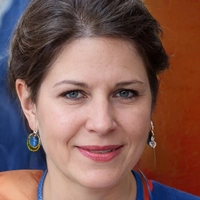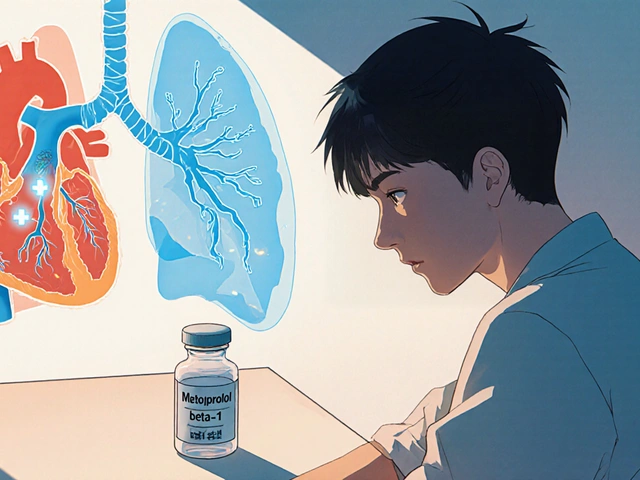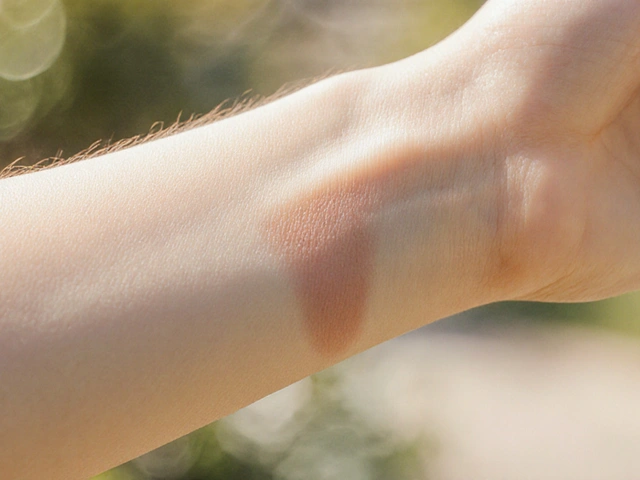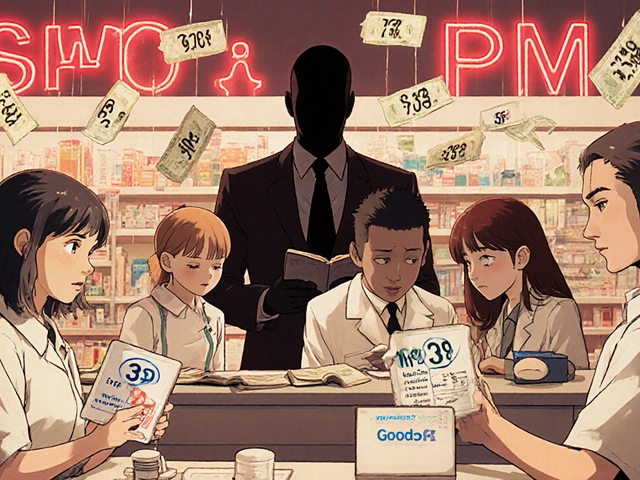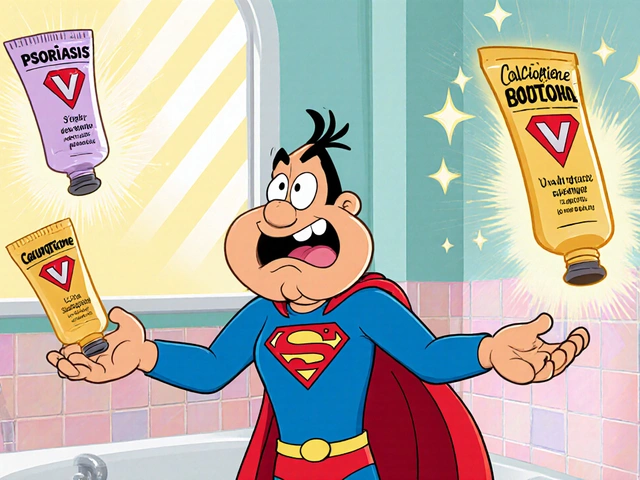When you walk into a pharmacy to pick up your blood pressure medication, you might assume the generic version is cheaper than the brand name. But here’s the catch: sometimes, it’s not. In some cases, the generic costs more than the brand. Why? Because generic price wars aren’t always won by the consumer-they’re often won by middlemen.
What Exactly Is a Generic Drug Price War?
A generic drug price war happens when multiple companies start making the same off-patent medication. Once a brand-name drug’s patent expires, any manufacturer can produce a bioequivalent version. These generics must meet the same FDA standards as the original-they have the same active ingredients, dosage, and effectiveness. But they cost far less to make because they don’t need expensive clinical trials. The more companies that enter the market, the harder they compete on price. The FDA found that with just two generic makers, prices drop by about half compared to the brand. With four, they fall by 80%. And when six or more companies are selling the same drug, prices plunge over 95%. That sounds like a win for patients. But here’s where it gets messy.Why You Might Still Be Paying Too Much
Even with 10 manufacturers making metformin or lisinopril, your out-of-pocket cost at the pharmacy counter might still be $30. Meanwhile, someone else walking in without insurance pays $4. What’s going on? The answer lies in Pharmacy Benefit Managers, or PBMs. These are the hidden middlemen between drug manufacturers, insurers, and pharmacies. They negotiate rebates, set formularies, and decide which drugs get covered-and at what price. But they don’t always pass savings along to you. One sneaky practice is spread pricing. A PBM might tell your insurer they paid $5 for a generic pill, but they actually paid $2. You’re charged $10 as your copay. The $5 difference? That’s the PBM’s profit. You’re paying more than the real cost, even though competition is fierce. Another issue is copay clawbacks. Your insurance says your copay is $5. But when the pharmacy files the claim, the PBM realizes the cash price is only $3. So they take $2 back from the pharmacy-and sometimes, the pharmacy passes that loss to you. You end up paying more than the actual price.Who Really Benefits from Generic Price Wars?
The real winners aren’t always the patients. Pharmacies make 42.7% gross margins on generics, compared to just 3.5% on brand-name drugs. That’s why they push generics-even when they’re not the cheapest option. Manufacturers benefit too, especially big ones like Teva, Viatris, and Sandoz, which control over 60% of the U.S. generic market. When competition drops, they can raise prices without fear. A 2023 study found that in markets with only one or two generic makers, prices stayed near brand levels. But once five or more companies joined, prices collapsed. The problem? When prices fall too low, some manufacturers quit. That’s how shortages happen. In 2024, 30% of generic drug shortages occurred in markets that had once been flooded with competitors. No one makes money at $0.05 per pill, so they leave-and you’re left without the drug you need.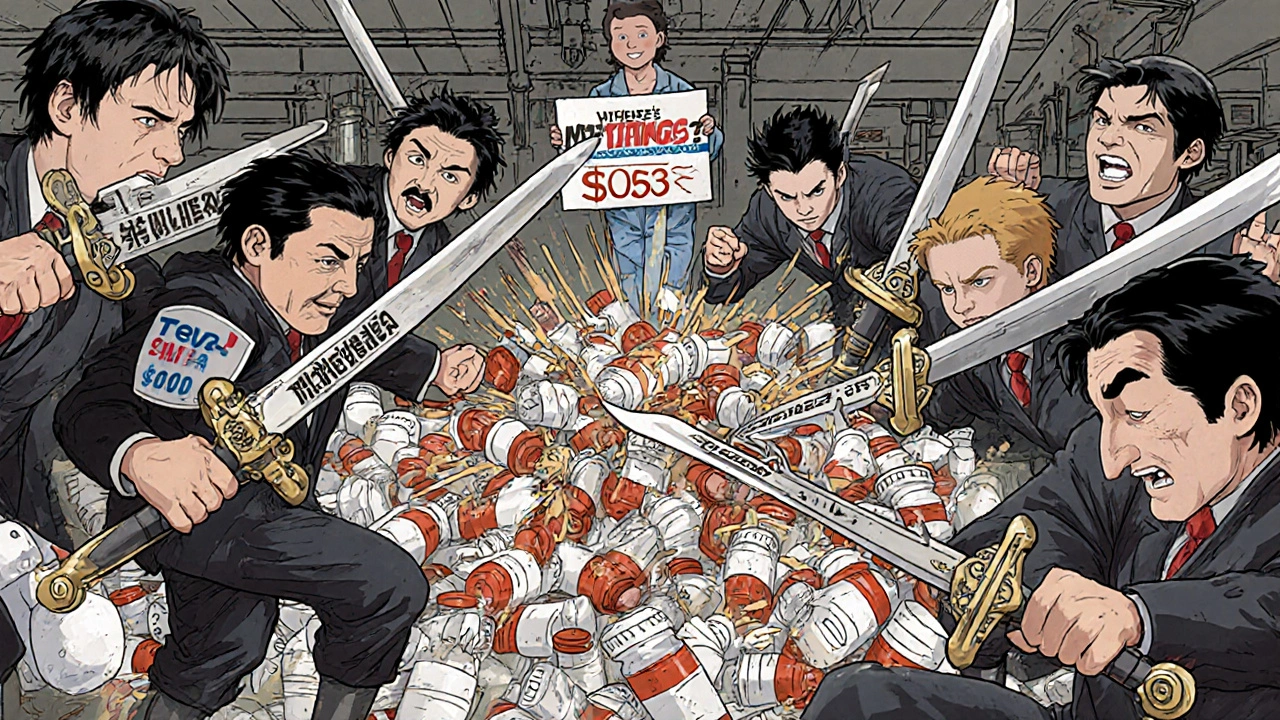
Real-World Examples: When Generics Save You-and When They Don’t
Some people pay $0 for their generics. Walmart’s $4 program has made metformin, atorvastatin, and levothyroxine accessible to millions. Amazon Pharmacy users report consistent $0 copays for chronic meds. GoodRx users see average savings of 89% on generics. But then there are the exceptions. Insulin glargine biosimilars? Only 15% cheaper than the brand, even though they’ve been on the market for years. Why? Few companies make them. EpiPens? Despite generic alternatives, some patients still pay $300 because insurance doesn’t cover the cheaper versions. A 2023 Consumer Reports survey found 42% of people didn’t know they could ask for the cash price-and that it might be lower than their copay. The difference? Competition. If only one or two companies make your drug, there’s no pressure to drop prices. If ten do? You win.How to Actually Save Money on Generic Drugs
You can’t control how many companies make your drug. But you can control what you pay for it.- Always ask for the cash price. In 28% of cases, paying out of pocket is cheaper than using insurance. PBMs hide this from you.
- Compare prices using GoodRx or SingleCare. The same generic can cost $3 at CVS and $45 at Walgreens. That’s not a typo.
- Check the AB rating. The FDA gives generics an AB code if they’re bioequivalent. Avoid any without it.
- Stick to chronic meds. A $5 difference on a monthly pill adds up to $60 a year. On three meds? $180. That’s a vacation.
- Don’t assume brand = better. If your doctor prescribes a brand, ask: "Is there a generic?" If they say no, ask why. Sometimes it’s habit-not science.
The Bigger Picture: Why This System Is Broken
The U.S. spends 23% of its $1.5 trillion pharmaceutical budget on generics-but those generics make up 90% of all prescriptions. That’s a massive gap. Other countries negotiate prices directly with manufacturers. We rely on a broken chain of middlemen. Congress is trying to fix it. The 2023 Pharmacy Benefit Manager Transparency Act would ban spread pricing. The Inflation Reduction Act lets Medicare negotiate some drug prices. The FDA is speeding up approvals for generics in short-supply markets. But until patients know their rights-and demand transparency-price wars will keep benefiting corporations, not consumers.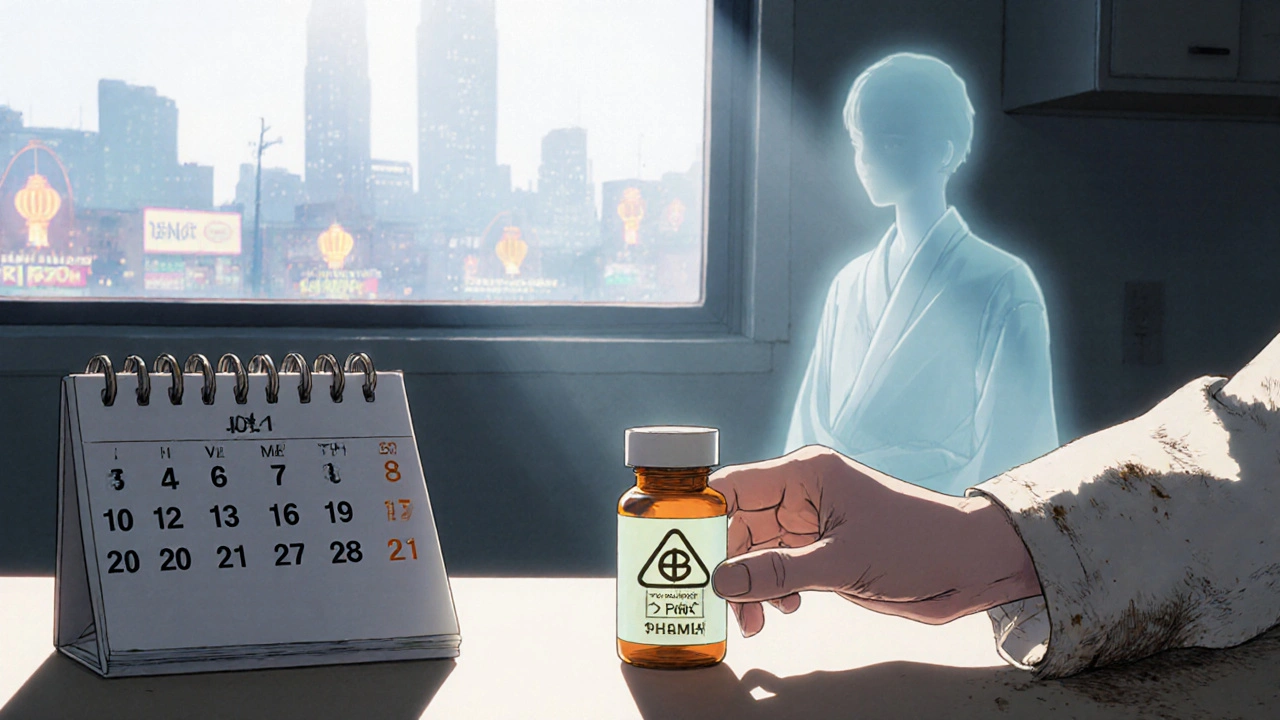
What’s Next for Generic Drug Prices?
The FDA approved over 1,000 generic drugs in 2023-up from 748 the year before. More competition is coming. But without structural change, we’ll keep seeing the same cycle: prices crash, manufacturers leave, shortages follow, prices spike again. The goal isn’t to eliminate competition. It’s to make sure the savings reach you. If you’re on a monthly medication, your best move isn’t waiting for Congress to act. It’s walking into the pharmacy, asking for the cash price, and comparing it to your copay. That 10-minute habit could save you hundreds a year.Frequently Asked Questions
Are generic drugs really as effective as brand-name drugs?
Yes. The FDA requires generic drugs to have the same active ingredients, strength, dosage form, and route of administration as the brand-name version. They must also meet the same strict standards for quality, purity, and performance. Over 97% of generic prescriptions in the U.S. are filled with bioequivalent drugs that work just as well.
Why is my generic drug more expensive than the brand?
This usually happens when there’s little competition. If only one or two companies make your generic, they can keep prices high. It can also happen because your insurance copay is set higher than the actual cash price due to PBM spread pricing. Always ask the pharmacist for the cash price-it’s often lower.
Can I use GoodRx even if I have insurance?
Yes. GoodRx gives you cash prices that are often lower than your insurance copay, especially for generics. Pharmacies are required to accept GoodRx coupons even if you have insurance. Just present the coupon at checkout instead of your insurance card.
What should I do if my generic drug is out of stock?
Ask your pharmacist if another manufacturer’s version is available. Different companies make the same generic, and one might be in stock. If not, your doctor can sometimes switch you to a different generic or a brand-name alternative temporarily. Shortages often happen after price wars drive manufacturers out of the market-so it’s worth checking back in a few days.
Why don’t pharmacists tell me the cash price is cheaper?
Until 2018, "gag clauses" in contracts between PBMs and pharmacies prevented pharmacists from telling you about lower cash prices. These clauses are now banned by federal law. If a pharmacist refuses to tell you the cash price, ask to speak to the manager-it’s your legal right to know.

